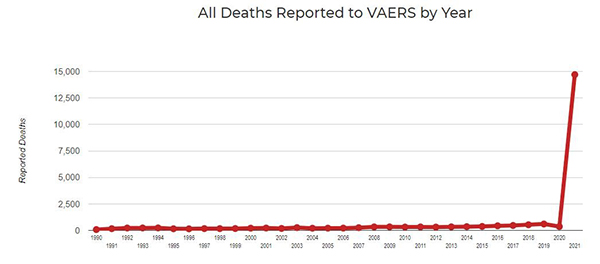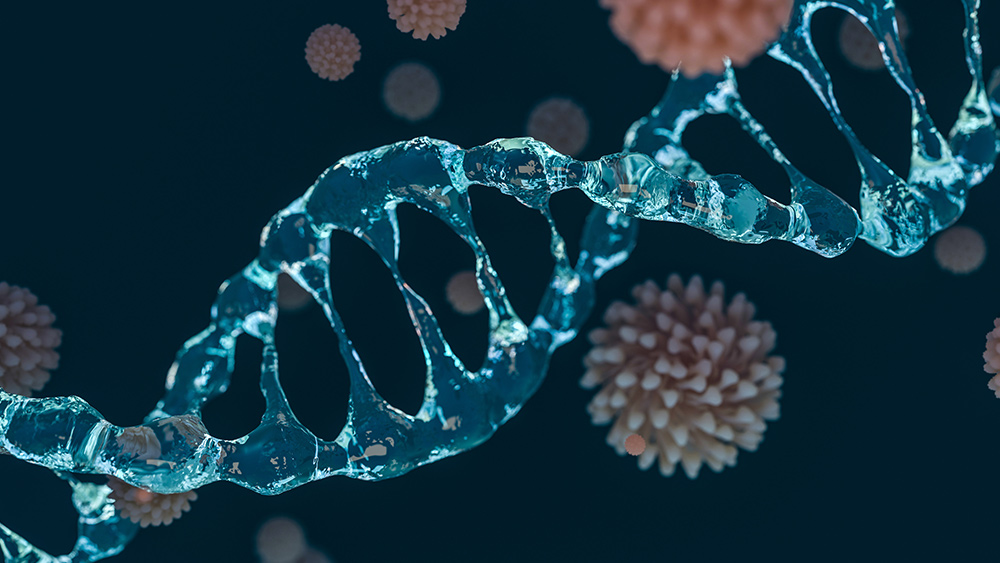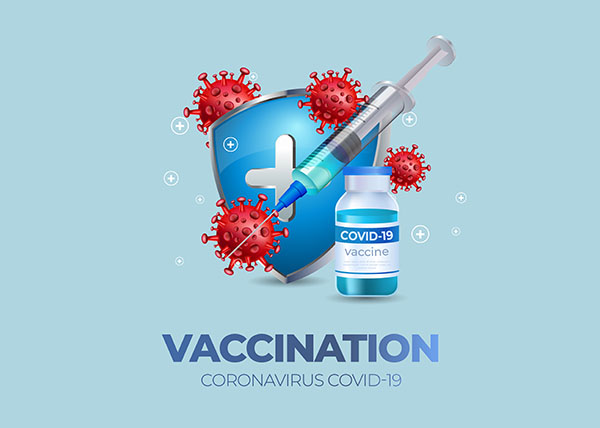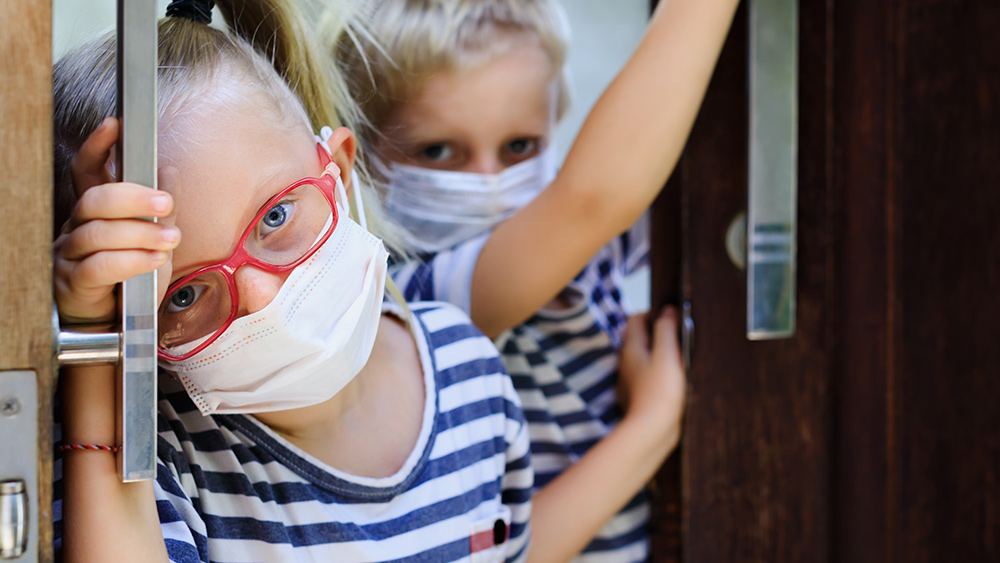Scientists link LEAD EXPOSURE in early life to higher risk of CRIMINAL BEHAVIOR in adulthood
08/08/2023 / By Olivia Cook

A new analysis from researchers at George Washington University (GWU) has linked lead exposure, either in utero (the womb) or during early childhood, to an increased risk of engaging in criminal behavior in adulthood.
The study, published in PLOS Global Public Health, ultimately identified “significant relationships between lead and damaging patterns of behavior” – even when lead blood concentrations were very low. While prior research has found an association between lead exposure and criminal behavior at an entire-population level, this is the first study to examine the individual level of exposure and its effects.
Lead study author Maria Jose Talayero Schettino and her colleagues conducted a systematic review of 17 previous studies that in one way or another addressed the possible connection between individual lead exposure and antisocial behaviors, including crime.
To account for potential bias, the authors used a tool called ROBINS-E – shorthand for Risk of Bias in Non-Randomized Studies of Exposure – that helped them determine which studies were the most statistically robust. It allowed them to pinpoint factors like confounding bias, selection bias, exposure misclassification, missing data, outcome measurement issues and problems with reporting.
In a statement, Talayero Schettino said the evidence they found pointed in the direction of lead exposure being associated with biological effects in children that have long-term behavioral consequences. She emphasized that there is no safe level of lead exposure for children and countries should extend all efforts to protect children and pregnant persons from lead contamination.
According to the lead study author, more individual-level data must be collected to bolster the connection between childhood lead exposure and adulthood criminal behavior. She urged world leaders “to implement policies to prevent lead exposure.”
“Policy action to prevent lead exposure is of utmost importance as our research shows an excess risk for criminal behavior in adulthood exists when an individual is exposed to lead in utero or during childhood,” the authors said in a joint statement, adding that preventing lead exposure is crucial to safeguard public health and promote a safer society for all.
People poisoned by lead from different sources
Contact with lead can cause cardiac issues, kidney damage, immune system dysfunction, reproductive difficulties and impaired brain function and development in children.
Exposure can come from many sources, such as industrial waste, recycling batteries, paints with lead content, various food sources and household products, such as certain children’s toys, cookware and ceramics. (Related: GULP! Study reveals DANGEROUS levels of heavy metals in many US beverages.)
Cookware is of special concern – such as pottery from Asia, aluminum cookware from Africa that might have excess lead and artisanal pottery from Mesoamerica that is not certified to be lead-free.
For years, health experts and the Centers for Disease Control and Prevention (CDC) have warned about the risks and serious health impact associated with lead poisoning in kids.
Children can be exposed to lead through old paint, contaminated dust and drinking water that passes through lead pipes. Even levels below the CDC standard may have adverse impacts on children, who can absorb four to five times as much lead as adults exposed to the same source.
The number of kids in the U.S. ages one to five, considered to have high levels of lead in their blood increased from 200,000 to about 500,000 after the CDC adjusted its definition of lead poisoning.
Check out HeavyMetals.news for more stories about lead and the dangers that come with exposure to it.
Watch this news report about lead exposure leading to behavioral problems in kids.
This video is from the Daily Videos channel on Brighteon.com.
More related stories:
Many types of balsamic vinegar contain high levels of lead.
Lead-free jewelry for children found to be loaded with lead.
Sources include:
Submit a correction >>
Tagged Under:
children's health, crime, criminal behavior, Dangerous, Lead, lead exposure, mental health, metals, Mind, mind body science, poison, research, toxic chemicals, toxic elements, toxins
This article may contain statements that reflect the opinion of the author



















